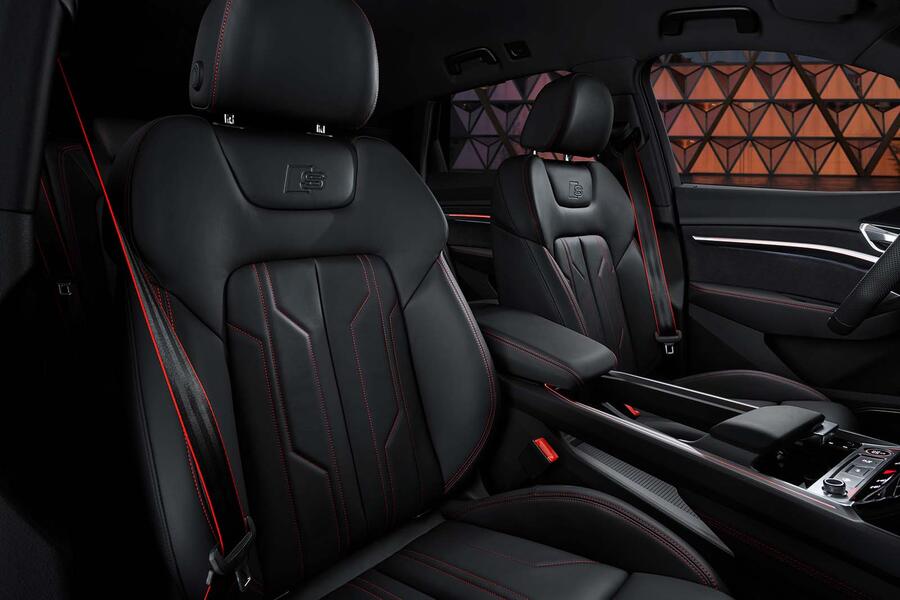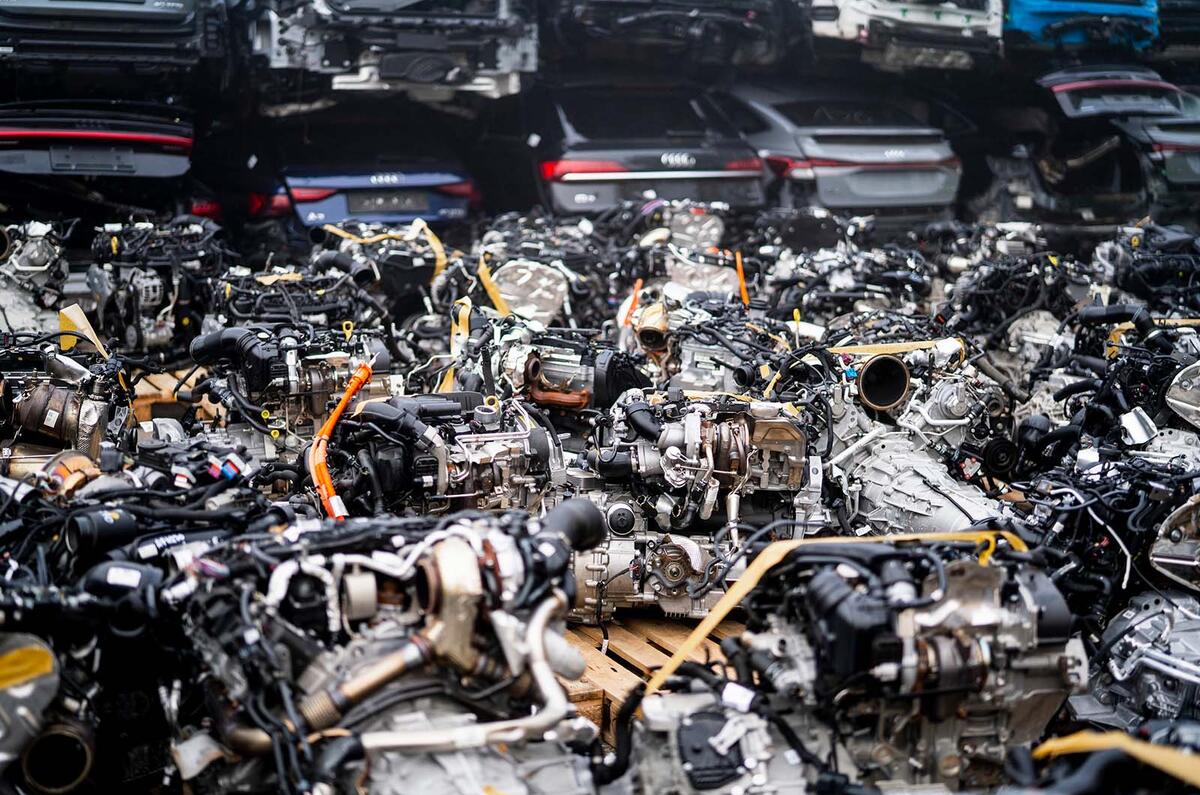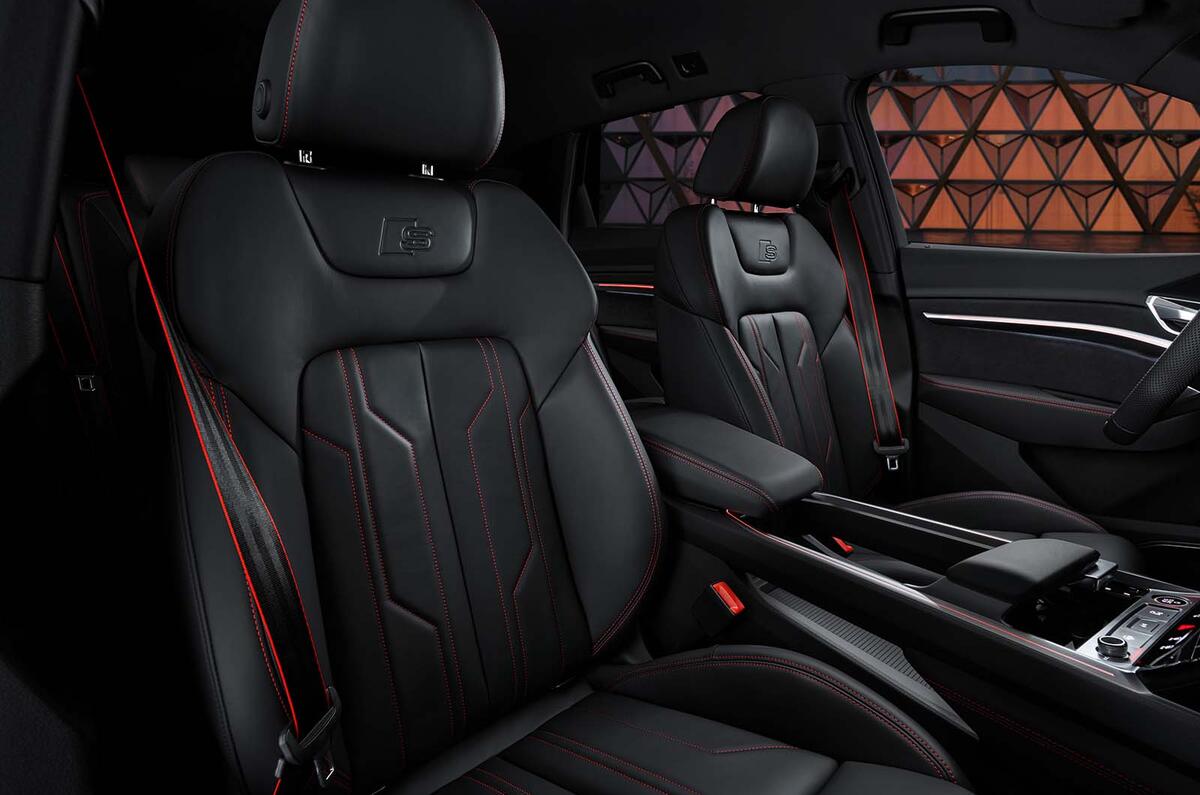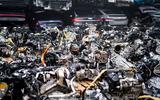Back in the dark ages (that’s the real dark ages, not a couple of decades ago), alchemists sweated over the transmutation of base metals into gold.
It was a nice idea, even though achieving their goal would have inevitably rendered the yellow stuff of little more value than the base metal they were making it from.
These days, metallurgists and chemists are poring over a less fanciful but otherwise similar sort of problem: recycling materials to the same grade ‘A’ quality they started life in.
Recycling steel, for example, may seem straightforward but it isn’t and, according to Audi, few of the materials taken from old cars, including steel, are reused in new cars. So rather than recycled steel from scrapped cars being reused for body skins, chassis, suspension or other components, it’s more likely to be used in the construction industry.
This downgrading of materials when recycled – whether metals or plastics and known as ‘downcycling’ – is what the collaborative Material Loop project, in which Audi is a partner, is investigating.
The project aims to move recycling to a circular process, getting back out what was put in, but to the same level of quality to enable its reuse in cars. By doing so, the environmental footprint of a car becomes more favourable, with less raw material being extracted.
It also ensures greater security of supply, something that’s not just confined to energy these days. Work started in October 2022 on dismantling cars, including 100 ex- development Audis.
Bodies were shredded and materials such as steel, aluminium, plastic and glass separated. The project runs until the end of April but Audi is already drawing on the expertise it’s gained and some high-grade recycled materials are being used in the production of new cars.
Six coils of sheet steel achieving the required standard for virgin steel but including 12% recycled steel have been produced from the project.
Aluminium recycling is already well established in the industry and, for example, Jaguar Land Rover has been using recycled aluminium in its bodyshells for many years.
In common with Audi and others, aluminium scrap offcuts from the press shops are collected and returned to the producer of the raw material. There’s no reduction in the quality of the recycled aluminium, although it does need a percentage of pure ‘seed’ aluminium to achieve the necessary standards.
If you’re going to make the energy equation of building aluminium cars make sense, recycling is vital. Aluminium reduces energy consumption during use by making cars lighter, but producing virgin aluminium is energy intensive and the benefits slight.
Recycling it is much less so and that’s when the real gains are made, in second and subsequent generations of the material. In Audi’s case, the recycled aluminium is made into sheet material and used for pressing new panels.
Audi has also been recycling automotive glass for almost a year as damaged windows are ground up and made into new plate glass, which is already in use in the Audi Q8 E-tron.
Recycled plastic seatbelt buckles?

Working with plastic manufacturer Lyondell Basell in a project called Plastic Loop, Audi is making seatbelt buckle covers for the Q8 E-tron using recycled plastic. Various scrap parts are shredded and chemically recycled into pyrolysis oil, which is used for making new plastic with which to manufacture components.







Add your comment